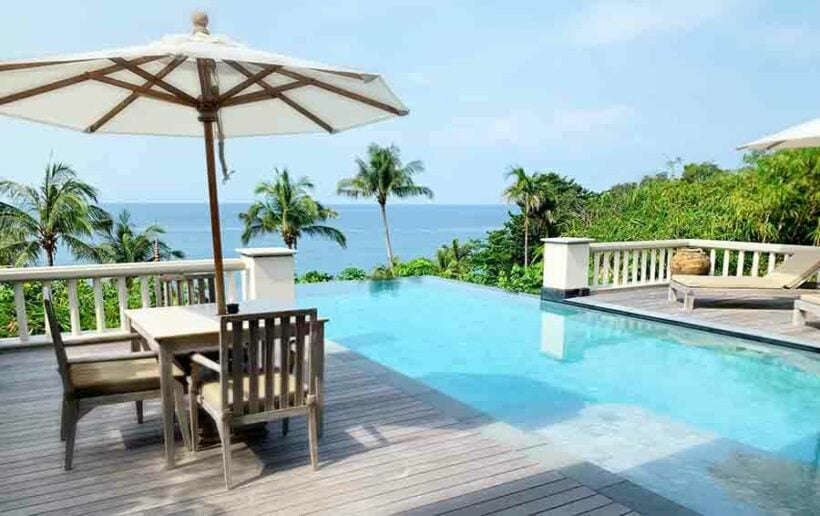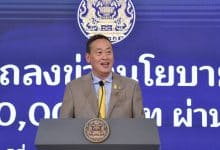NACC: Trisara resort faces illegal land ownership charges

Following on from last week’s disclosure of a probe into the upscale Sri Panwa property in Phuket, another luxury property, Trisara resort, faces a similar investigation into illegal land ownership by the National Anti-Corruption Commission. The probe by the NACC into Trisara resort named 29 officials involved in the illegal document issuing, with ex-Phuket Vice Governor Weeraway Janpen being singled out in the corruption that saw land bordering Sirinath National Park and Khao Ruak – Khao Muang National Forest Reserve, federal land the luxury properties appear to be encroaching on.
The NACC is requesting charges be pursued against 11 officials and for the land ownership to be revoked by the courts and returned to the federal government. Even aside from the legality of ownership, some of the land is at a 35% grade that is also illegal to build on.
Bill Barnett from c9hotelworks.com says that the boundaries of the Siranat National Park, which follow the coastal areas on the northern part of the island’s west coast, have been a point of contention for many years.
“The great debate over the actual boundaries of Phuket’s Sirinath National Park have been revisited for over two decades. It’s high time this is clearly set out by the government in order to more clearly understand what is in and what is out of the national park.”
The investigation shows that parent company Three Dolphins created strong types of near-ownership level deeds of 2 plots of land by using the same basic land possession documents of a smaller piece of land. In the simplest terms, it would be similar to using the same 50 baht note to simultaneously pay for 2 separate orders of Pad Thai, or using the same beat-up promissory note to obtain green books on 2 separate motorbikes.
Essentially, the company had squatting rights to 20 rai of land, but by manipulating documents while upgrading the deeds, they expanded that 20 rai to 38 rai that was split into 2 deeds totalling 51 rai, while simultaneously using the same land papers to grab 14 more rai that was rewritten into 47 rai. So the original 20 rai they had the right to occupy but not own became a total of 98 rai they had full rights to occupy, develop and benefit from almost identical to ownership.
DETAILED EXPLANATION
The term is known as the Flying SorKor 1, and the scheme uses a set of very weak land occupation documents (SorKor 1) for a 20 rai plot to draw up much stronger possession and land use documents (Nor Sor 3) for a much larger 38 rai area. The same documents were then used to claim a different land area covering 14 rai under the strongest ownership deeds, a Chanote.
In Thai law, a Nor Sor 4 (or “Chanote”) is the only type of land deed that indicates true land ownership. A Sor Kor 1 indicates possession of land but does not legally give ownership of that land and does not carry many rights. These haven’t been issued since 1972 and were generally a way for farmers to farm on the land while not holding legal claim to it.
A Nor Sor 3 is a title deed that grants rights of confirmed possession of the land, but not true legal ownership. It does allow for the deed holder to benefit from the land as well as develop and build on the land.
Further, Three Dolphins then divided the 38 rai they had finagled into 2 adjoining plots with the same strong Nor Sor 3 deeds but covering 51 rai instead of 38. They also presented the 14 rai Chanote documents as being Nor Sor 3 documents for an area of 47 rai.
SOURCE: The Phuket News
Latest Thailand News
Follow The Thaiger on Google News:


























